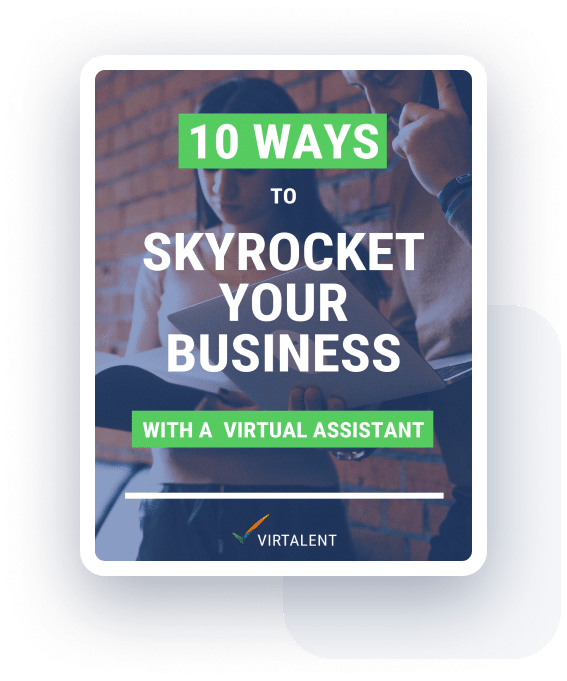Social media. Love it or hate it, it’s an important part of the marketing strategy for most businesses. Today, the world has over 3 billion internet users and a staggering 2 billion of them have active social media accounts. So you can’t really afford to ignore it.
But with so many different social media sites to post on, share to and track engagement with, finding a reliable social media management tool to streamline your efforts is somewhat essential. Instagram, Facebook, Twitter, LinkedIn, Google+, Pinterest, YouTube… the list goes on.
It’s not just about posting stuff anymore either. People are increasingly using social channels to interact with brands. They are using it to ask for recommendations, to heap praise on products and services they love, and to complain about ones they don’t. So to really get the most out of it, you need to engage with it too.
It can be incredibly time consuming to manage all of this. And to manage it well. Recent research indicates that in 2017, we spent an average of 2 hours and 25 minutes per day on social networks and messaging. But the right platform can save you time, keep you organised and optimise your efficiency.
Luckily though, there are a whole host of platforms out there that will help you do just that. And anything that makes our lives even just a little simpler these days has got to be worth looking in to.
These social media management platforms tend have the same basic core functionalities; they will let you manage multiple social media channels from one place and they’ll automatically schedule and publish your posts for you.
But many offer a lot more than that. Analytics and reporting for example, so you can see how your posts are fairing, RSS feeds, content generation, URL shortening, team collaboration tools and social listening to name a few.
But with so many options to choose from, where do you even begin? The choice can be overwhelming so start by asking yourself a few questions:
What features do you actually need?
Are you just looking to spend less time on your social media? Perhaps you want to make collaboration with your team easier? Or maybe you’re looking for help with content creation.
The first thing you need to do is work out what it is you want the platform to actually do for you. You don’t want to spend your hard earned money paying for the ability to schedule 350 posts in advance, when actually 100 will do quite nicely. Plus, don’t forget to make sure it supports all the channels you use. You won’t have any trouble managing the big ones, but if you rely heavily on something a bit more obscure, then you need to make sure you find a platform that works with it.
What is your budget?
Pricing varies massively. There are some that are completely free, some that offer limited functions for free, and then a wide variety of paid plans – some very affordable, some extraordinarily expensive.
What really matters is how much it costs to get the features you need and at a price that offers you value for your money. If you really only need something to schedule your posts for you, then why would you pay for a service that will help you source content?
You could try this handy little tool as a starting point, which allows you to compare features across Hootsuite, Sprout Social and Agorapulse, which are some of the more well known platforms.
Do you like using it?
There’s no point plumping for the all singing, all dancing social media management tool if actually you hate the interface and it’s just too complicated to use. Find one you enjoy using; one that’s simple, intuitive and one that makes you want to create great content.
Does it provide support?
If you’re new to social media or social media management platforms, it’s worth checking out the kind of customer support each provider offers. You never know when you might need it.
So which one?
Here is a roundup of some of the more popular platforms out there:
Hootsuite
We had to start with Hootsuite. It’s probably one of the most well known social media management tools out there. It has over 15 million users and is used by more than 800 of Fortune 1000 companies. So it must be pretty good.
Like many of its competitors, it has free and paid options. This is an all-in-one platform that will curate and schedule your content, measure ROI, run social media ads and generate reports for all your accounts.
It is also one of only a few that support the management of multiple YouTube accounts, along with the ability to schedule video posts to your social networking profiles. You can also use it to delegate tasks to other users, making it a great option for a team.
Hootsuite also offers browser extensions that allow you to post on the go, as well as a mobile app. And it’s customer service is widely regarded as excellent.
Buffer
Buffer is a bit smaller in its scope than Hootsuite. It lets you publish and schedule content, but it doesn’t afford you the luxury of engaging with it. So if someone likes your Facebook post and posts a comment, you’ll have to actually go to Facebook to respond.
It provides analytics on your posts, but only those that you posted in Buffer… which isn’t a problem if you only use Buffer. It will show you your best and worst performing posts based on engagement type, reach and post type.
It will also suggest good times for you to post based on the activity of your followers, which is quite nifty.
Like Hootsuite, it also has browser extensions that allow you to post on the go, as well as a mobile app.
Sprout Social
Sprout Social lets you draft, schedule, queue and post messages to your social media channels. You can visualise and manage all of your posts across all of your various profiles in one calendar. It also lets you access individual post-level stats on clicks, reach, and impressions.
Like Hootsuite, it allows you to reply to messages, picking which account you do so from, and you can attach images, shorten links and select a target audience. It also lets you save drafts of your responses.
One unique feature is its ‘audience discovery’ function that suggests accounts you might like to follow and identifies spam or robot accounts.
It’s also a good one for teams, as it boasts sophisticated tools for message approval, campaign tagging and more.
Agorapulse
Agorapulse is a social media management tool with CRM capabilities. It lets you schedule posts, monitor your social channels, and get analytics and reporting.
It’s comprehensive analytics tools are easy to read and allow you to gather useful information on who is viewing and engaging with your business.
It is also very easy to use. It’s intuitive interface means its good for those new to managing social media, and it’s also a good option for small businesses.
It has a great mobile app that allows easy publishing and scheduling of your posts, as well as the ability to enable notifications so that you can be sure you’ll never miss any comments or replies.
SocialOomph
SocialOomph started out as a Twitter-only platform but you can now manage your other social channels on it too. It has a few features that you’ll struggle to find elsewhere.
As well as doing all the stock standard stuff you’d expect from a social media management tool, you can also manage your blog from it.
Use Twitter? Then SocialOomph will give you access to unique features such as automation and mass tweet deletion, and let’s be honest, we can all name a few people that might like that kind of feature (yes we mean you Elon Musk and Roseanne Barr).
Is your social media actually working?
It doesn’t matter what social media channels you use or which platform helps you manage it all, none of it really matters if you can’t see whether it’s working or not. Do you know how much of your website traffic comes from Instagram? Or which pages your social visitors spend time on and for how long?
Google Analytics can help you understand the impact your social media strategy is having. It’s easy to set up and it’s totally free.
So once you know what features you’re looking for and have chosen the best social media management platform for you, don’t forget to make sure that you’re efforts are actually paying off.







